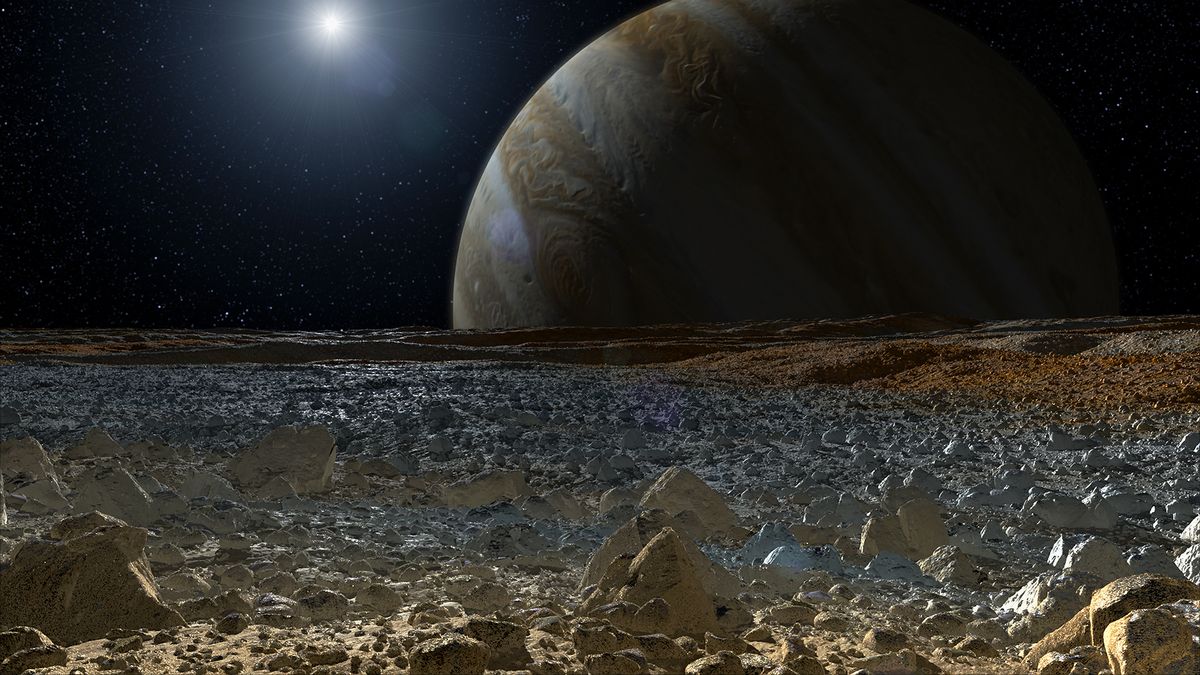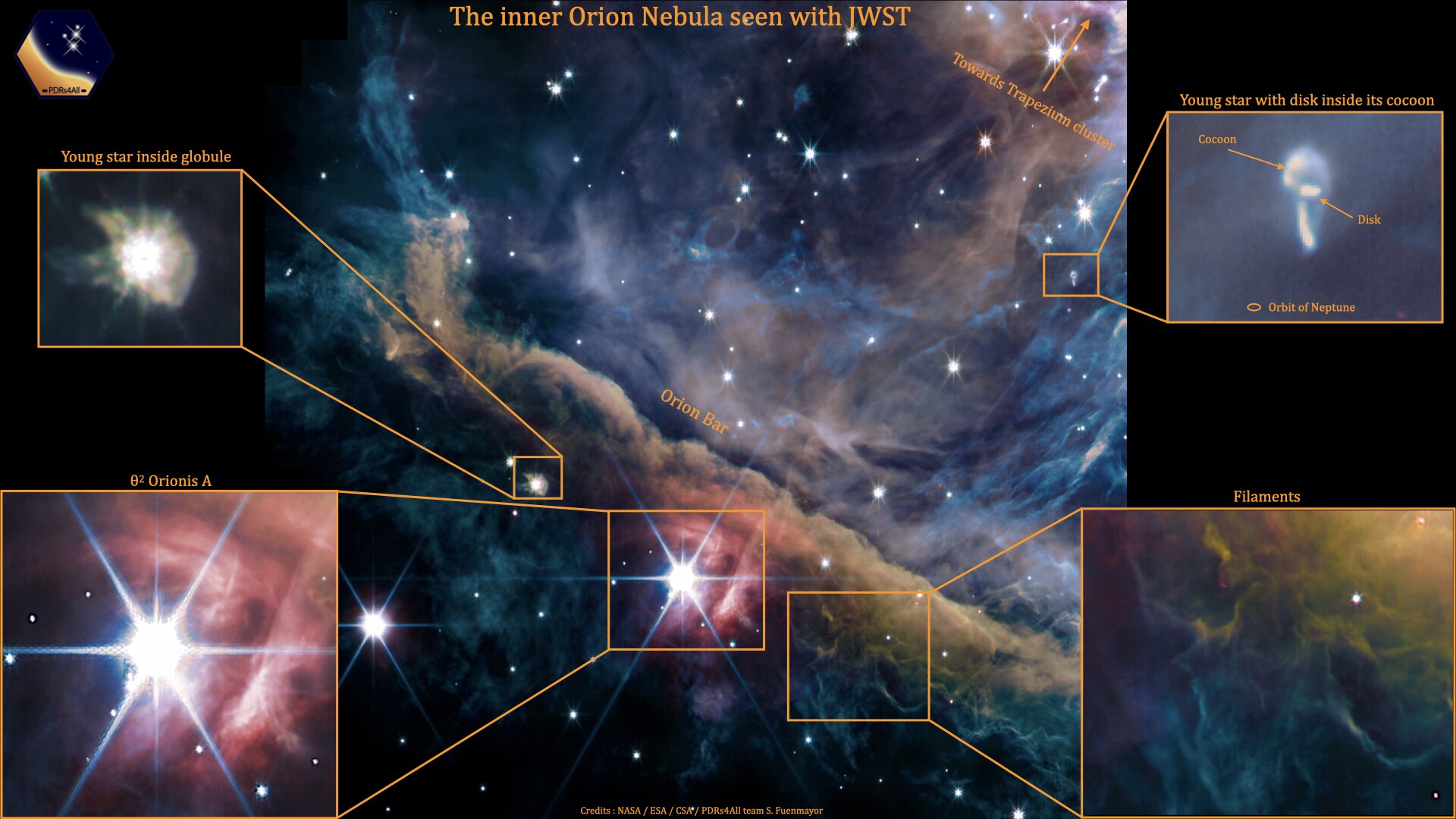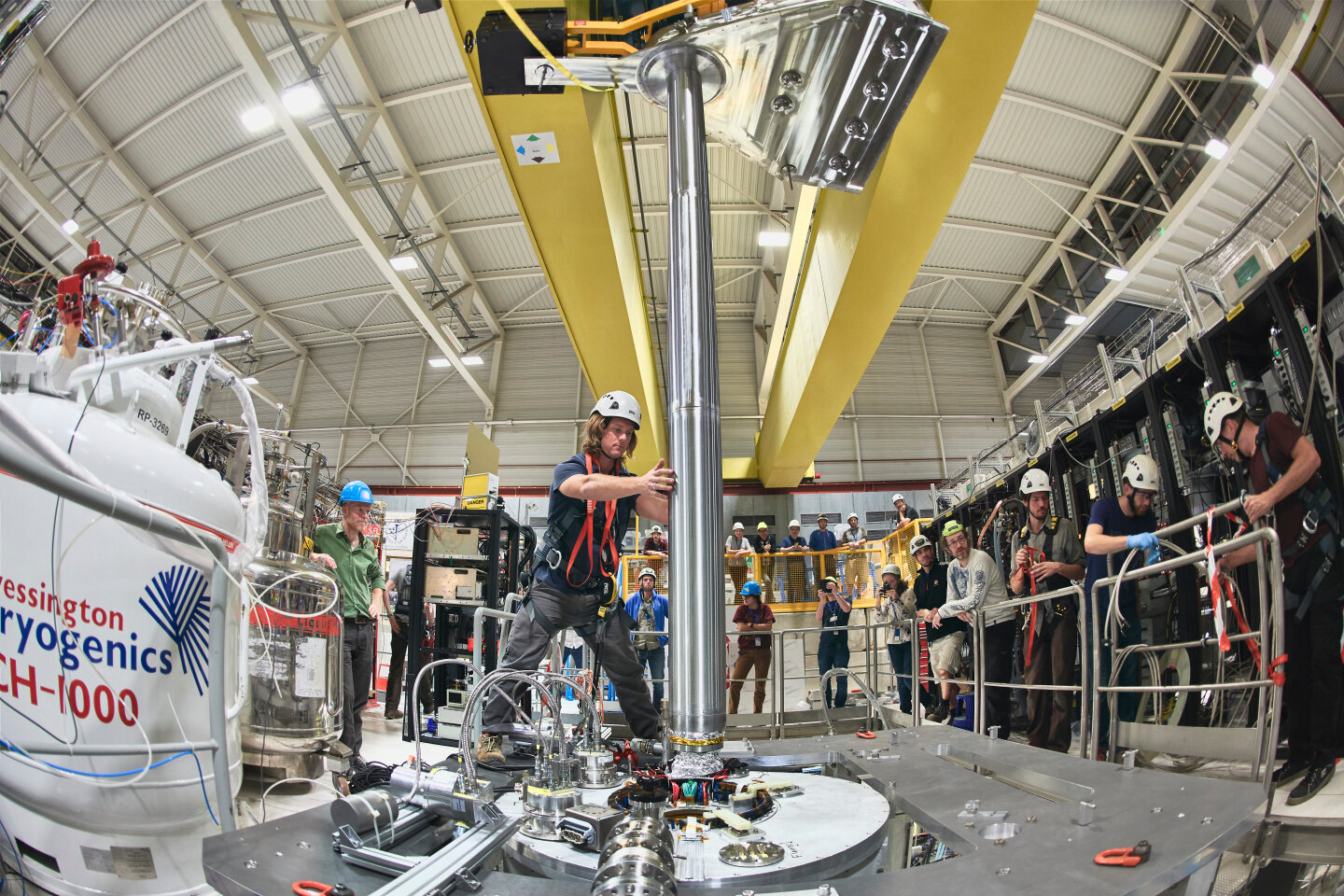Europa’s Enigmatic Composition
Observations made with the James Webb telescope have unveiled intriguing features about Europa, one of Jupiter’s fascinating moon. It is now believed that this celestial body, covered by a thick layer of ice, may conceal a global ocean beneath its surface.
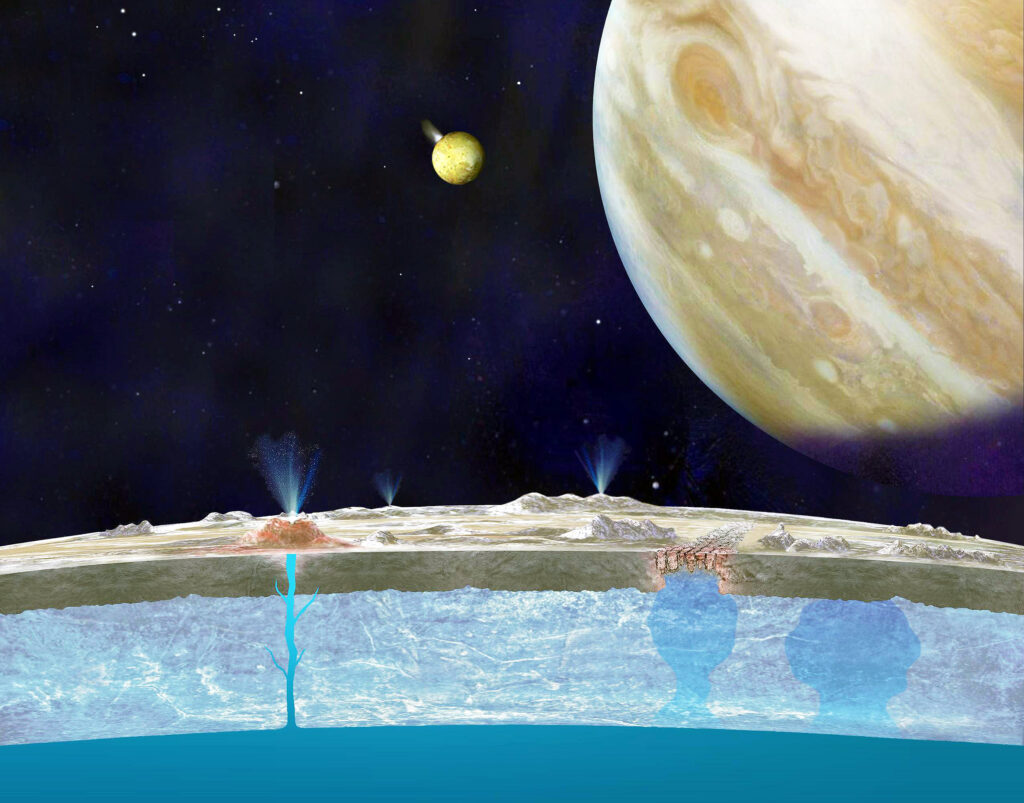
The latest discovery that has captured the attention of scientists is the presence of CO₂ on Europa’s surface. While the origin of this carbon dioxide is still a subject of debate, its existence provides a wealth of exciting possibilities.
One hypothesis suggests that the CO₂ could have originated externally and subsequently found its way to Europa. Alternatively, it may have filtered through the icy sublayer, seeping into the depths of the moon. If the latter theory holds true, there is a chance that Europa’s ocean contains significant amounts of dissolved CO₂, much like Earth’s seas. This revelation is not only groundbreaking but also raises questions about the potential existence of other chemical compounds within Europa’s hidden ocean.

The Intriguing Significance of CO₂
Another captivating aspect of the CO₂ discovery on Jupiter’s Moon is its potential link to organic compounds. Although it does not indicate the presence of living organisms, it suggests the possibility of the decomposition of carbon compounds. Organic molecules like amino acids could potentially exist within Europa’s ocean, adding to its allure as a potential habitat for life.
Areas rich in CO₂ deposits have been concentrated within a region known as Tara Regio. These deposits appear relatively recent, indicating ongoing geological activity on Europa’s surface. However, the volatile nature of the moon’s conditions means CO₂ does not remain stable for long periods. Unfortunately, geyser eruptions like those observed on Enceladus are infrequent on Europa, making it challenging to study the dissolved salts that might also be present.
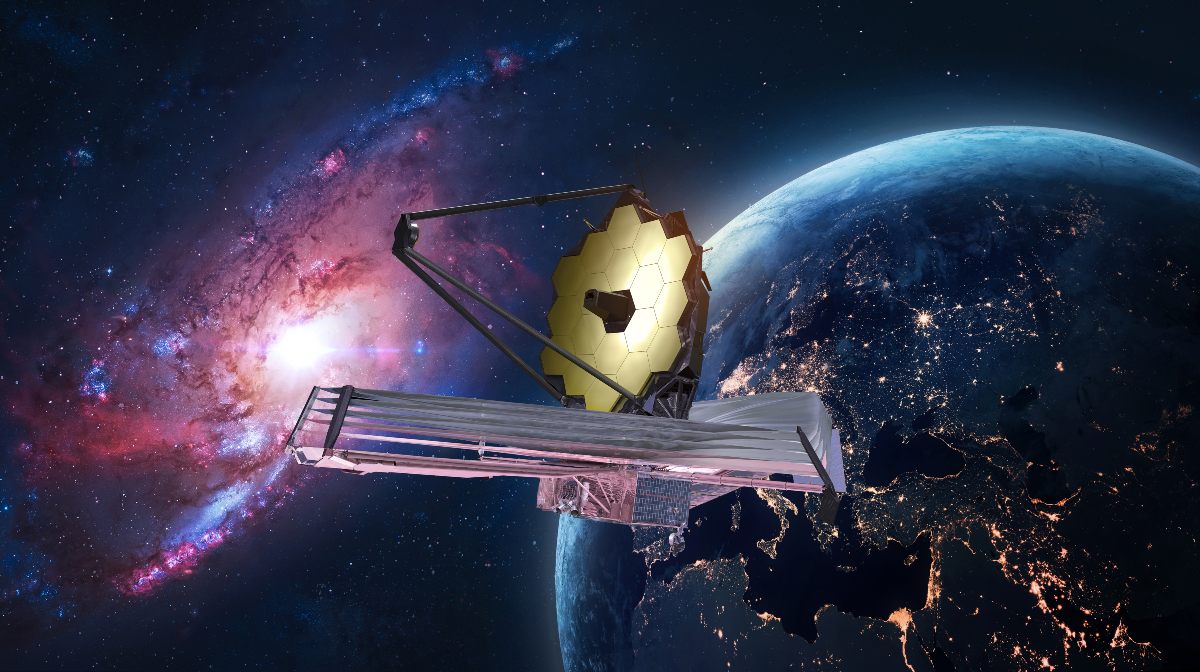
Jupiter’s Moon: Implications for the Search for Life
The discoveries on Jupiter’s Moon have rekindled excitement surrounding the search for extraterrestrial life. The presence of CO₂, coupled with the possibility of organic compounds, adds weight to the hypothesis that Europa could host a habitable environment. Understanding the composition and dynamics of Europa’s ocean holds immense potential for unraveling the mysteries of life beyond Earth.
Further studies and future missions to Europa will be fundamental in exploring the extent of these CO₂ deposits. Analyzing the properties of Tara Regio and investigating chemical signatures within Europa’s crust will help paint a clearer picture of the moon’s potential for supporting life.
